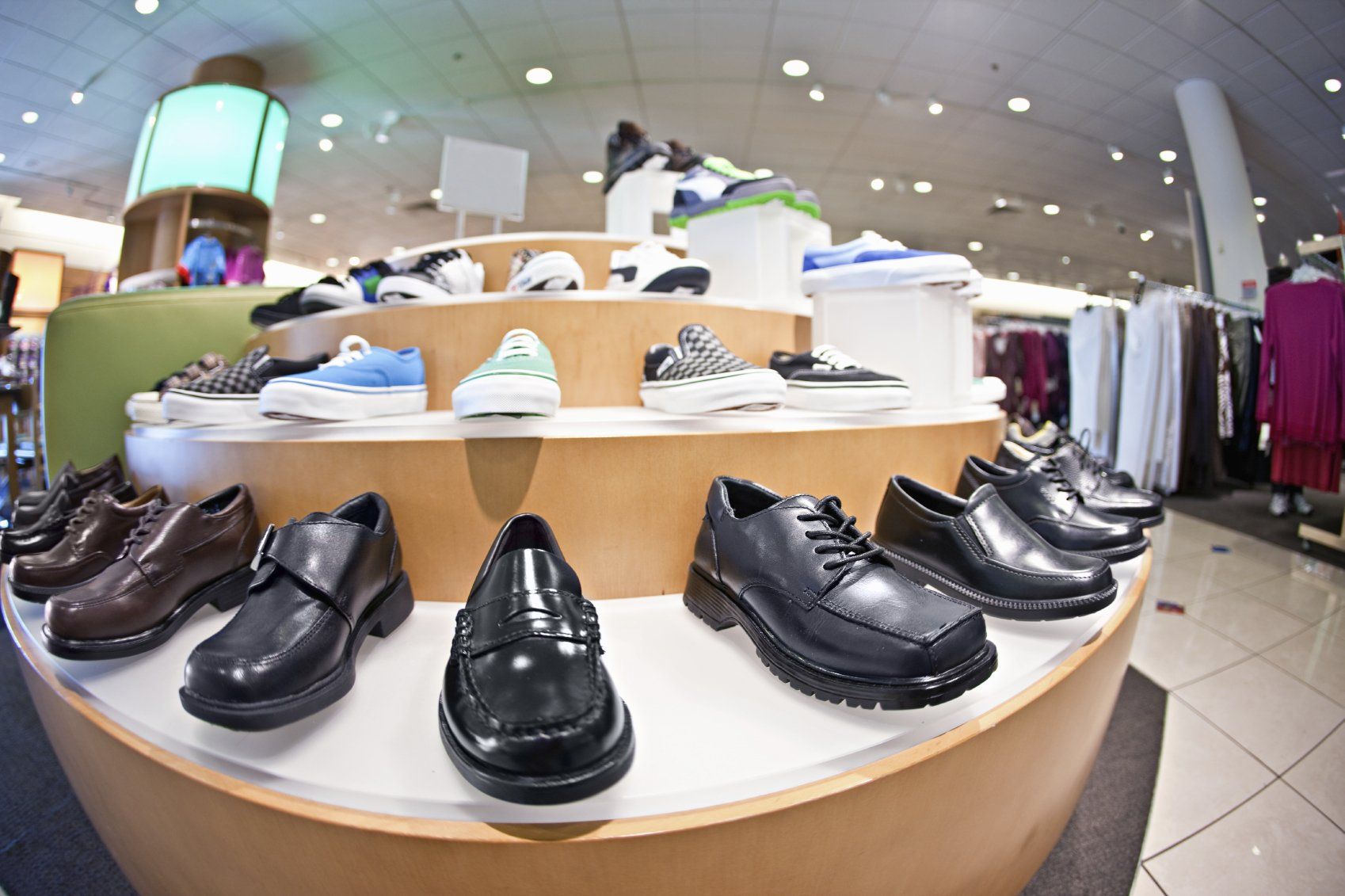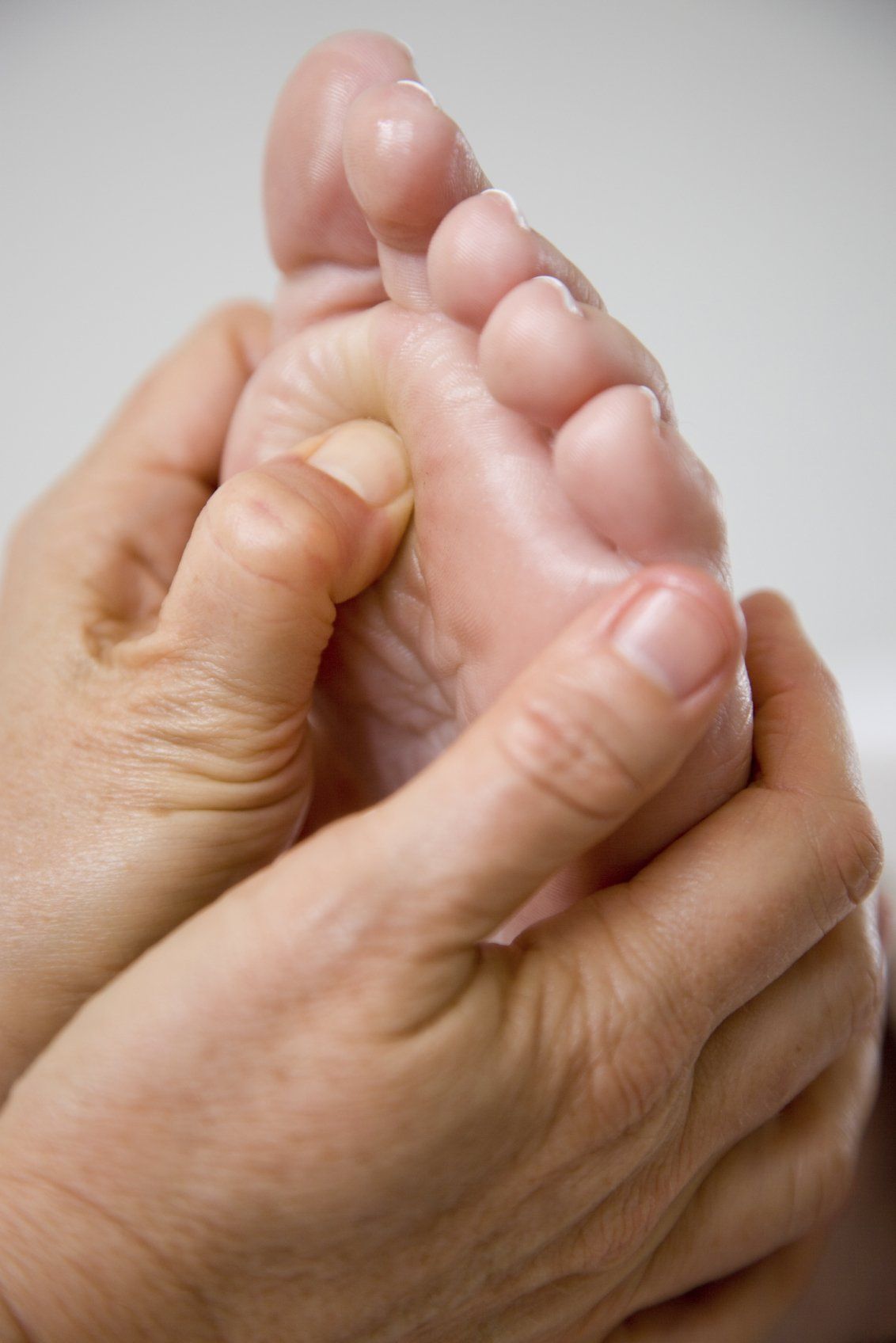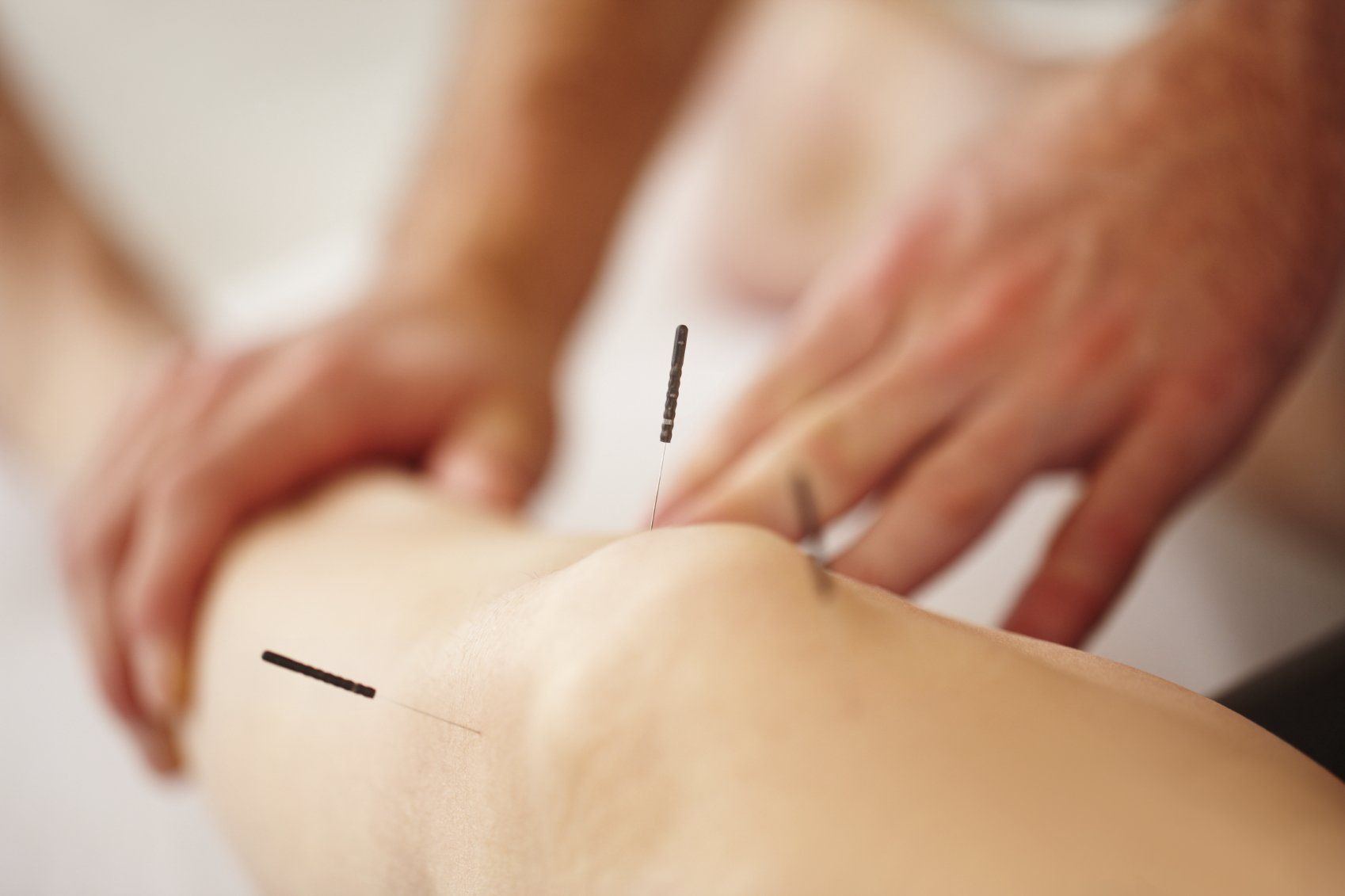Spring newsletter #PodsHealHeels
Sally Albutt • 14 March 2022
Read all about our Pods Heals Heels campaign March 22

Heel pain is one of the most common pains felt in the feet.
A staggering 1 in 10 ( 10% of the population) will struggle
with heel pain at some point in their lifetime. Lots of
Podiatrists are referring to heel pain as “Covid heel”. The
Village Clinic has seen a rise in heel pain since the start of
the pandemic.
There are 2 main reasons for this:
• Home workers have been wearing less supportive
footwear (slippers or barefoot). This lack of support has
put abnormal strain on the tissues under the heel and
arch - sometimes you may have heard this called plantar
fasciitis.
• Lots of people have embraced exercise, whether that is
a daily walk or doing “Jo Wicks” online. Whilst exercise is
fantastic, if your foot posture is not great to start with, a
sudden increase in activity can also cause undue strain
on the heel and arch. This is often exacerbated by not
having the right footwear to exercise in.
There are many other causes of heel pain but these are
the common ones causing “Covid Heel”. If you are
suffering, or know someone that has heel pain read on to
find some self help tips that can be started before you
seek our expert help
Here are some simple things you can do as part of your daily routine
to help ease your symptoms
1. Before you get out of bed do a few ankle circles, flex and points.
Also, using a long scarf or exercise band wrapped under the
forefoot, pull the foot towards your body. This stretches your calf
and fascia and can make getting out of bed a bit less painful. Hold
for a count of 6 then relax, (taking the tension off). Repeat 10 times
ideally but if you only have time for 1 or 2, this is better than
nothing.
2. Roll your foot slowly over a golf ball or drinks can throughout
the day – putting it in the freezer will further reduce discomfort and
encourage healing. Roll for up to 1minute but you can repeat this
several times throughout the day.

3. Make sure you are avoiding unsupportive footwear – sloppy
slippers, flip flops and ballet pumps are going to make your foot
worse. Choosing trainers, walking shoes or a good lace up, is
better for your feet.
How can we help you?
At The Village Clinic our experienced Podiatrists specialise in looking at how the foot
is functioning (technically known as an MSK or Biomechanical Assessment). We
advise on a home rehabilitation programme, offer insole/orthotic therapy, provide
strapping and expert footwear analysis. The combined effect of all of these will
reduce and alleviate heel pain. We also offer shockwave therapy which nicely
compliments all the other treatments. It works by breaking down scar tissue, reducing
pain levels and stimulating the healing process.
Ricky Cheema, Benn Boshell, Georgie
Parnell & Emily Payne are here to help - please feel free to call if you want to ask a
question before booking an assessment. Act sooner rather than later. Research
suggests it can take twice as long as you have had symptoms for the heel pain to
clear, once you give it the right treatment.
So if you have been suffering for 6 months
it might take a year to completely settle.
Call us on 01242 673507 or email mail@villageclinic.co.uk to arrange an appointment
or visit our website www.villageclinic.co.uk
to check out more about us.
Our Podiatrists love to “heal heels” #Podshealheels

What is therapeutic laser? And how does it work? Therapeutic laser uses the power of light to reduce pain, inflammation and swelling as well as to encourage your body’s own healing mechanisms. It’s great for treating a huge range of problems including tendonitis, plantar fasciitis, wounds, bursitis, muscle tears and injuries. Laser can be used on both chronic (long term) and acute (recent) conditions. My 2 most recent successes that have totally stunned me as to how well they responded were a chronic back pain giving sciatic pain in the leg and an acute knee anterior cruciate ligament rupture. Both very different conditions where we used different layered settings, but both responded incredibly well and only needed up to 3 treatments. We have had our laser machine for 18 months now and I've only had 2 patients wish to stop their treatments due to limited benefits... most are keen to have the full course of 6 treatments or more. Laser therapy involves directing light energy into inflamed or damaged tissue to accelerate the body's natural healing process. The laser is placed in direct contact with the skin which enables specific wavelengths of light to penetrate the tissue and interact with molecules within the cells to cause several biochemical effects. One of the most important effects of laser therapy is encouraging blood flow into the area being treated. This means the cells there have a better supply of oxygen and nutrients and that waste products and swelling can be flushed out. Laser helps to reduce pain by slowing down the speed of the pain messages in nerves and it reduces inflammation by lowering the number of cells promoting the inflammatory process in the area treated. After laser treatment muscles are better able to relax and movement can become easier as a result. The treatment is painless, non-invasive and offers a drug free alternative to anti-inflammatories, pain killers and steroid injections. If you’re interested in how laser treatment could help you, please get in touch for more information 01242 673507 or mail@villageclinic.co.uk










